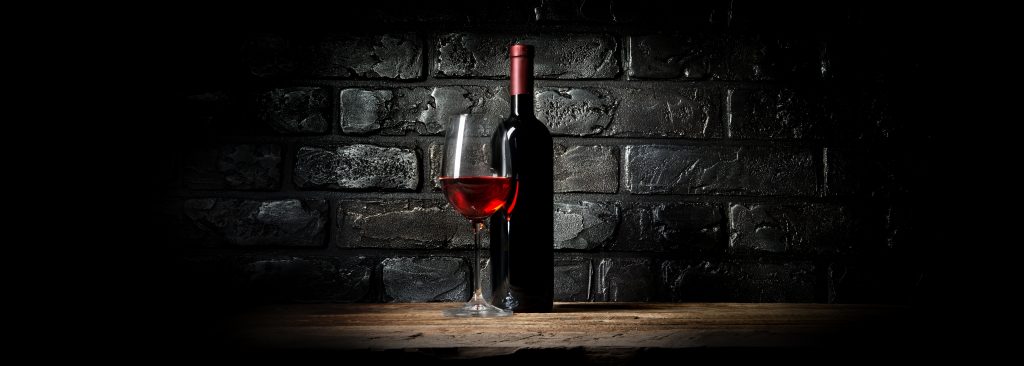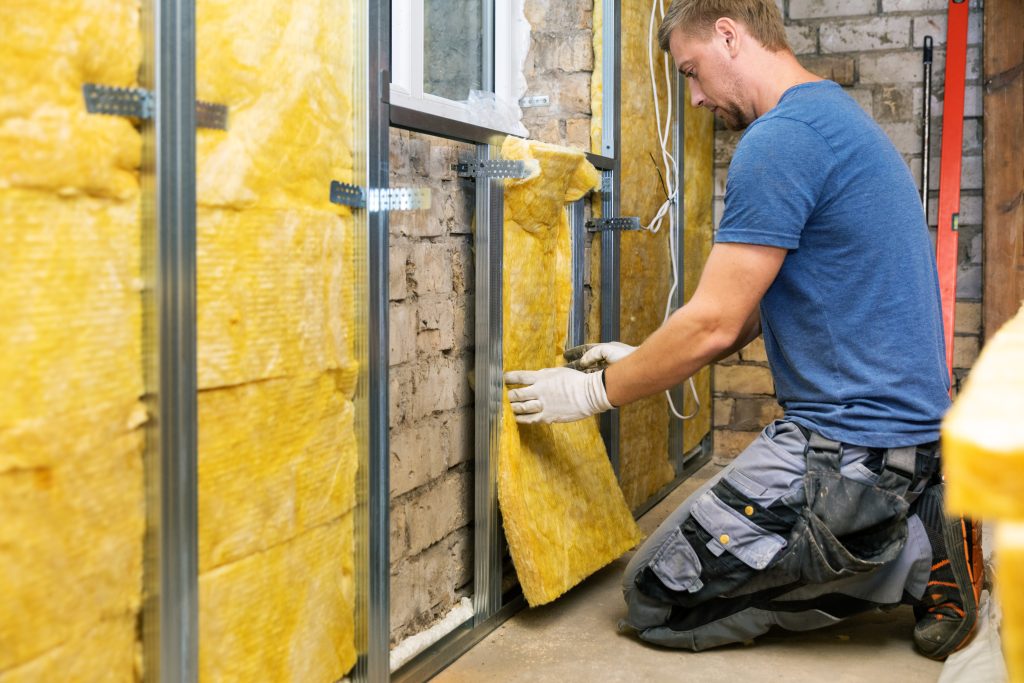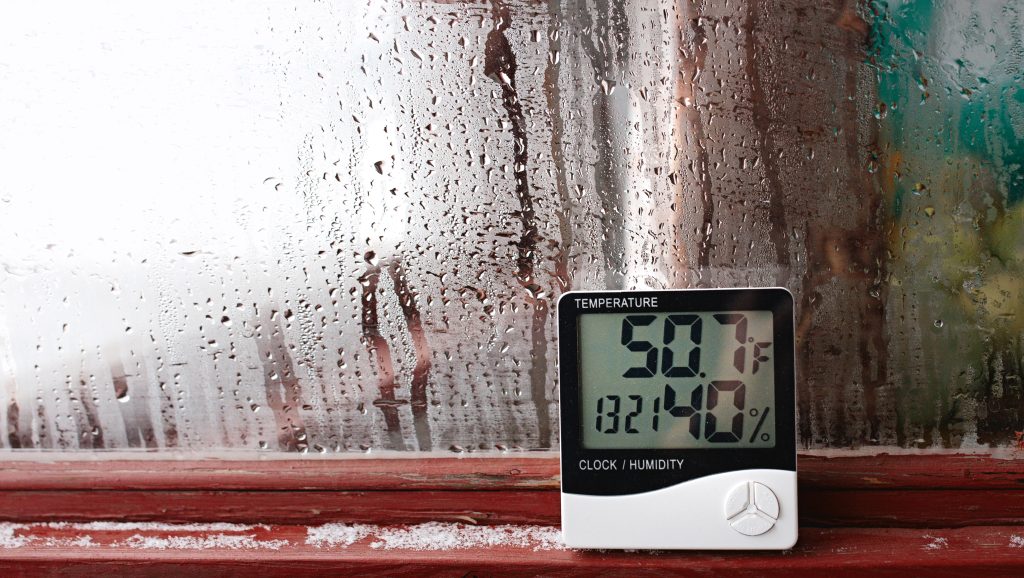You may have recently started collecting wines but have yet to build a place for them. Now, you might be planning to build a wine cellar in your basement.
Some may find the planning process daunting, especially if it’s their first time designing one. Fortunately, in this article, you will find planning considerations that you might need to know to create a wine cellar appropriate for your space, budget, and lifestyle. But first, let’s get to know some of your wine cellar cooling options.
Wine Cellar Cooling Units
Wines experience over 1,000 chemical reactions as they age, which accounts for the flavors you taste along with the aromas you love. The oxidation phenomenon, the chemical reaction between wine and oxygen, affects how the wine will turn out. The amount of oxygen that goes into the wine must be balanced to ensure that a bottle obtains a specific flavor.
Contributing to this chemical reaction is the kind of wine cellar cooling unit you have that creates the environmental conditions for your wine collection. Winecellarhq.com have a good comparison article on the best wine cellar cooling units, helping to compare them by type as well as other important factors like cooling capacity.
The article has highlighted the following wine cellar cooling units:
- Through-Wall Wine Cellar Cooling System
This unit works well with most wine cabinets and rooms. There is no need for ducting or pipping with this system, and it is easy to install.
- Split Wine Cellar Cooling System
If your room doesn’t have enough ventilation, you can benefit from this cooling system. It can be set up ductless or ducted.
- Ducted Wine Cellar Cooling Unit
If your room has ventilation ducts, this cooling unit will use them to protect your wines. There’s no need for you to add more equipment inside the cellar since the ducts are already installed outside.
Now that you know your wine cellar cooling options, we can move on to some considerations to make in making a home wine cellar.

- See If The Space Has Leaks
If you want a room to be hermetically sealed or airtight, the first thing to do is to look for signs of leakages. That also means checking if anything is lurking behind the walls that won’t do your wine collection any good.
Wine bottles need proper care, and you need to create a room that will allow you enough control of the storage environment. Checking for water, light, and air leaks will help you save all of your wines in the long run.
Make sure to scrutinize the space. The floor should be concrete with a proper sealant, and the ceiling with insulation.
2. Ensure Proper Temperature And Humidity
Wines contain a combination of acids, alcohol, and tannins. Your wine collection must be in controlled storage where they can adequately age. Consider your wines as an investment and use the proper storage techniques to keep the climate in the wine cellar in suitable conditions.
When planning the wine cellar, keep in mind that you will have to create an excellent environment. About 99% of wine cellars have cool temperatures because warm and humid conditions can damage the state of the wines. Ideally, your wine cellar should have varying temperatures if you plan to consume the wine within six months of purchase. The temperature will also depend on the types of wine in your collection:
- Sparkling wines and light, dry wines: 40 – 50 degrees
- Full-bodied wines and light and fruity red wines: 50 – 60 degrees
- Port wine and rich red wines: 60 – 65 degrees
So, what does one do to create proper wine cellar ventilation at home? To get the best care for your wine collection, invest in an adequate ventilation cooling system. These cooling systems may have features that offer controlled cooling rates slower than conventional air conditioners. You should have the best cooling system to provide the perfect temperature while keeping the humidity from escaping the air.
A vapor barrier is also essential to keep mold, mildew, and fungi away from the wine cellar. The cellar will also benefit from monitoring systems such as a digital thermometer to ensure that the environment is constantly at the right temperature.
A hygrometer is also essential as it reads the humidity levels in the air and helps you monitor the proper conditions in the cellar.
Avoid the temptation of buying a regular AC instead because it can damage your wine by quickly cooling the cellar and getting rid of humidity from the air.

3. Check How Much Space You Have
The size of your space is also crucial because not every home has enough to accommodate a wine cellar.
Consider how much wine you have in your current collection and how much you want to grow it. Is your goal to keep a small but steady collection or exclusively collect exceptional wines?
You can choose to have a cellar as small as 25 square feet or less if you have a small collection of rare wine bottles. You can store up to 15 bottles per square foot in small storage like this.
If you want to have an extensive collection of wine that spans from 1,500 to 5,500 bottles, a space measuring 100 to 500 square feet will do, but make sure that you manage it properly.
To prepare the room properly, you will need steady bottle racks or shelving, and it must also be vibration-free. Having the best space for your collection gives you peace of mind when you come down to the cellar to choose wine for dinner.
4. Finish The Flooring
The wine cellar floor is just as essential as the rest of the room. If your wine cellar floor is made of concrete, consider sealing it to avoid moisture from passing through the material. It’s vital to use high-quality sealants siloxane, silane, or urethane. Apply any of these sealants only 28 days from when the concrete has been added and cured.
If you have tile flooring, the grout must be suitable with the adhesive to work well together.
Note that you don’t need to use wooden tiles and ad rugs in the cellar. Wooden flooring is porous and permeable, letting moisture inside the cellar.
5. Add Furring Strips To The Walls
Secure the walls of your wine cellar by adding furring strips. The process of furring in construction involves adding thin strips of wood or any other material to the walls to keep dampness away and prepare for insulation.
Use 2 x 2 or 2 x 4 rigid foam board strips first, then start the furring process on the walls. You can insulate the walls using R-22 batt insulation for framed walls measuring 2 x 6. Treat the cracks on the walls with spray foam. Note that the thicker the walls, the more insulation they can provide the wine cellar.

6. Ensure To Use Correct Lighting
Lighting can also affect the quality of your wines which is why you shouldn’t use UV lighting in your wine cellar. Wines have vitamin B2 that can be photoactivated.
Avoid fluorescent lights that can emit UV rays and look for LED lights or sodium vapor bulbs instead. To keep the wines from absorbing too much UV, you can also use a timer or motion sensor.
In Conclusion
Creating a wine cellar at home takes dedication because of its delicate quality. Their tastes will depend on how they are stored and the environmental conditions of your storage. You can enjoy your wine collection for years to come when you follow strict measures that will help maintain the quality of your wine.
